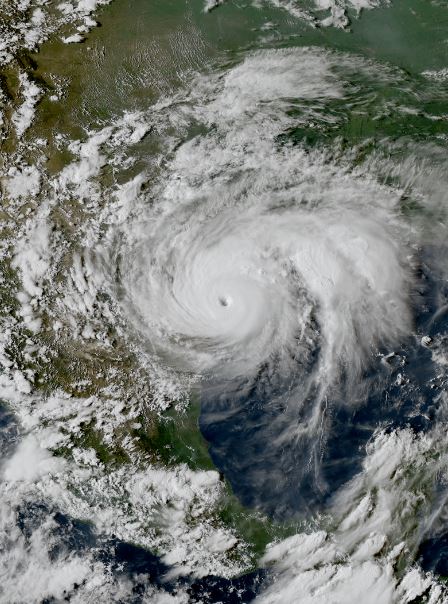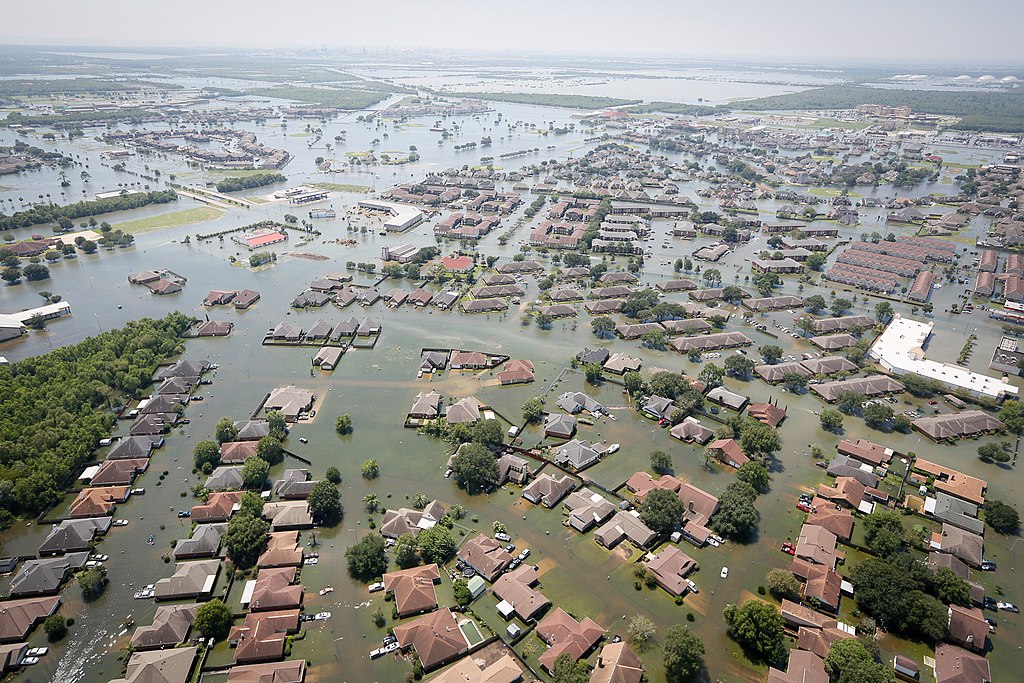On August 25, 2017, Harvey made landfall near Port Aransas as a Category 4 hurricane, severely damaging or destroying dozens of buildings. But before the Category 4 storm moved north, it made devastating landfall in the Coastal Bend, packing winds as high as 150 mph and propelling as much as 12 feet of storm surge out of the bay waters. In the immediate aftermath of the storm, Port Aransas was virtually cut off from the rest of the world due to the destruction of infrastructure and power outages.
Even after the power was restored, cleanup and rebuilding of the area took months to complete. This took an enormous physical, mental and emotional toll on the people of Port Aransas, as well as the countless volunteers who poured into the city to help with relief and rebuilding efforts.
Continue reading this article to find out more.
Hurricane Harvey and its Path of Destruction
On August 13, Hurricane Harvey began as a tropical wave off the coast of Africa. It then moved westward across the Atlantic and transformed into a tropical storm on August 17, moving into the Caribbean Sea, where Harvey lost its organization. After that, Harvey was downgraded to a tropical wave, which made landfall in the Gulf of Mexico on August 22.
Harvey was once again upgraded to a tropical depression on the morning of the 23rd due to the extremely warm waters in the Bay of Campeche and the Western Gulf of Mexico. Harvey would quickly intensify over the course of the following 48 hours, going from a tropical depression to a category 4 hurricane. Around 10:00 p.m., Harvey made landfall close to Port Aransas on the Texas coast. devastating effects on the 25th as a Category 4 storm. After making landfall, Harvey’s forward motion slowed to about 5 mph as it traveled inland, and by the 26th, it was meandering just north of Victoria, Texas.
Southeast Texas was hit by bands of rain from Harvey’s eastern side on the morning of the 25th, which persisted through a good portion of the night and into the following day (the 26th). On the evening of the 26th, a substantial rainband formed over Fort Bend and Brazoria Counties, moved into Harris County, and then slowed while moving from the south to the north. Flash flooding quickly developed as a result between 10:00 p.m. and 1:00 a.m. as a large portion of Harris County experienced extremely high rainfall rates. On the morning of the 27th, new rain bands formed and produced even more obscenely heavy rainfall.
Throughout much of the 29th and 30th, Harvey’s center moved slowly east-southeast and back offshore, worsening widespread and destructive flooding. The rivers rose dramatically as a result of the heavy rain, and there were serious drainage issues. Only 10% of the river forecast points in southeast Texas were below flood stage as a result of the incident, and 46% of the river forecast points set new records. Harvey maintained tropical storm status the entire time it moved inland over southeast Texas and the Texas coastal bend. On the morning of the 30th, Harvey made two more landfalls just west of Cameron, Louisiana, before heading offshore and bringing more torrential rain to the Northern Gulf States.
Hurricane strength
Storm surge varied, with most affected areas seeing between four and seven feet — although the highest estimated surge was between 10 and 12 feet, inundating the Aransas National Wildlife Refuge. Winds up to 215 km/h (130 mph) also knocked down power lines, trees, and signs. The resulting destruction was devastating, as Harvey became the first hurricane in the U.S since 2005 to make landfall as a Category 4 storm, and the first ever to hit Texas in that category. The winds associated with this powerful hurricane were some of the strongest ever recorded in the Coastal Bend, and the storm surge it produced left a devastating mark on the area.
Casualties
At least 68 “direct deaths” in total, 65 of which were brought on by freshwater flooding brought on by things like river spillover and rising waters from heavy rain, are attributed to Hurricane Harvey’s passage through the state. Authorities have determined that 35 additional deaths were indirectly brought on by Harvey. Governmental organizations classify deaths that occurred directly as “storm-related fatalities.”
After the Storm
City officials estimate Port Aransas sustained roughly $1 billion in damages. Many homes and businesses were destroyed, and the power infrastructure of the city was heavily impacted.
Five years after Hurricane Harvey hit the Texas coast, a large number of people are still rebuilding their lives. It hasn’t been easy for Port Aransas homeowners to clean up and rebuild. Some people claim they have been waiting five years for insurance companies to pay out for home damage. On the other hand, some people assert that they gave up on their insurance companies and just paid for construction themselves. This means that for those who were unable to pay for repairs out of pocket, rebuilding has been a much slower and more painful process.
Recovery
Despite this hardship, however, the people of Port Aransas have shown remarkable resilience and have worked hard to rebuild their city. Since the catastrophic storm, Port Aransas has experienced tremendous growth. New buildings have resulted in new residences and establishments. This growth has brought with it the challenge of balancing the preservation of the area’s natural resources with economic and residential expansion. To meet this challenge, the city has implemented a recovery plan that aims to maintain its beauty and charm while providing an environment in which businesses and individuals can thrive.
The plan includes the implementation of smart growth strategies, the use of green technologies, and the implementation of environmental regulations.



